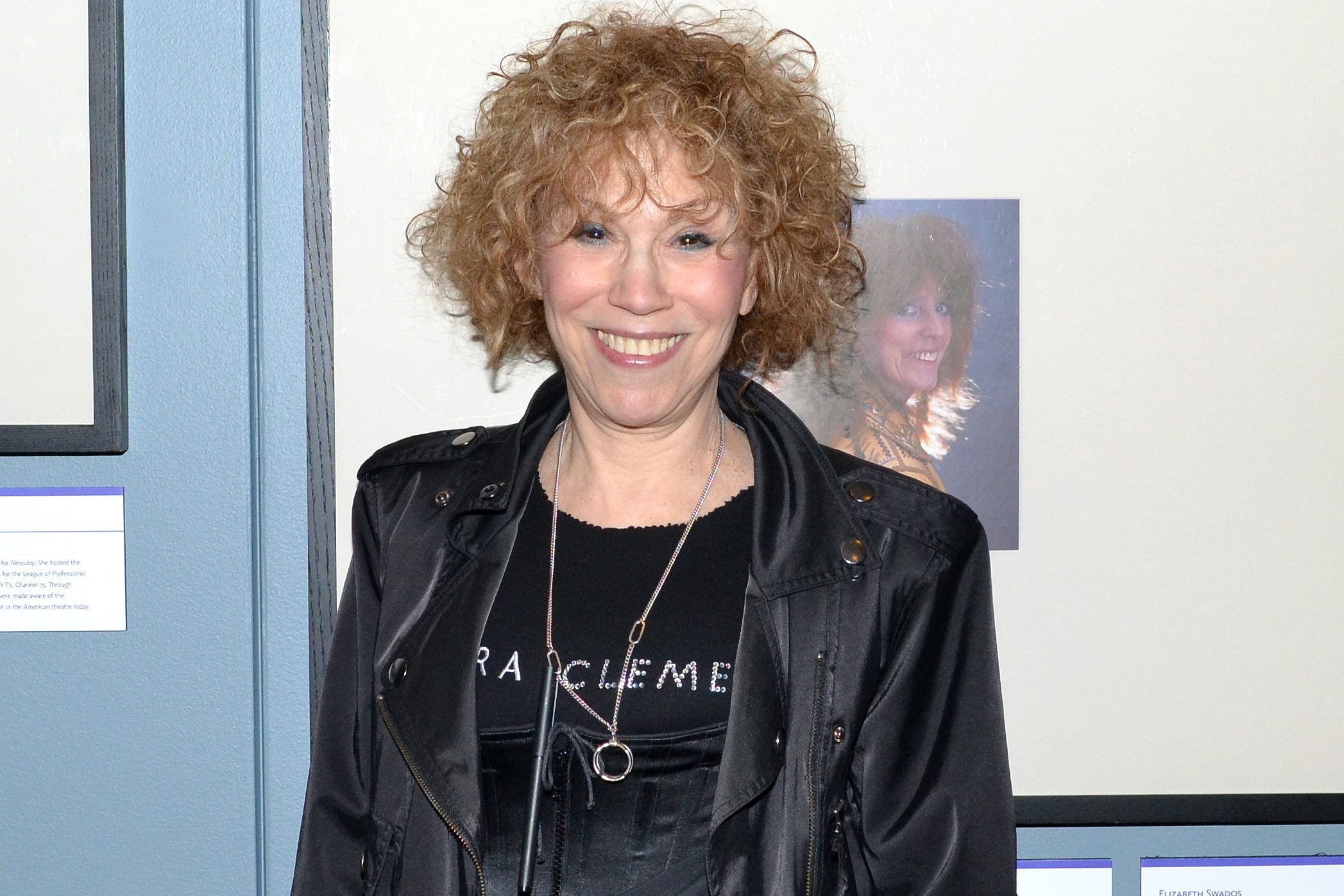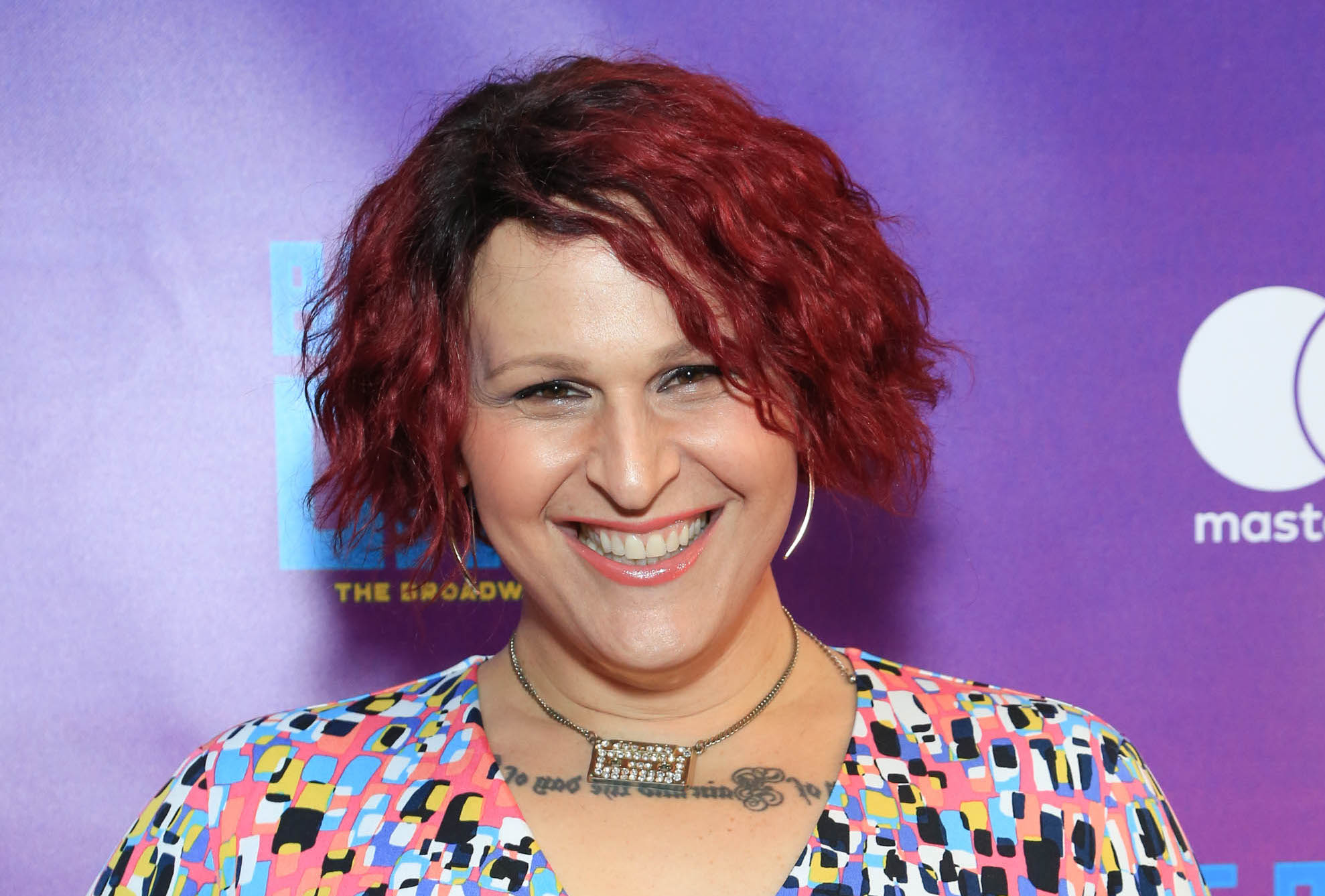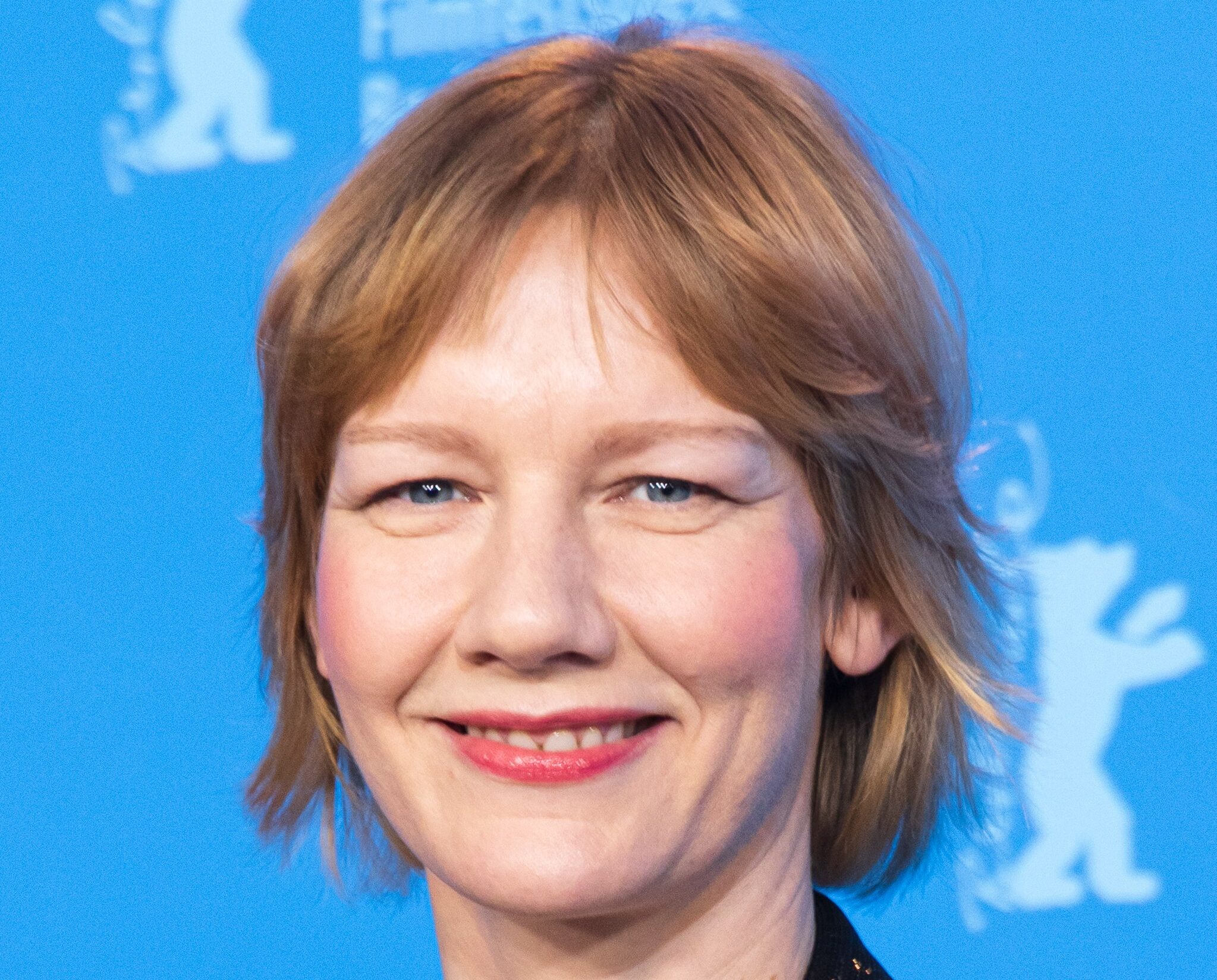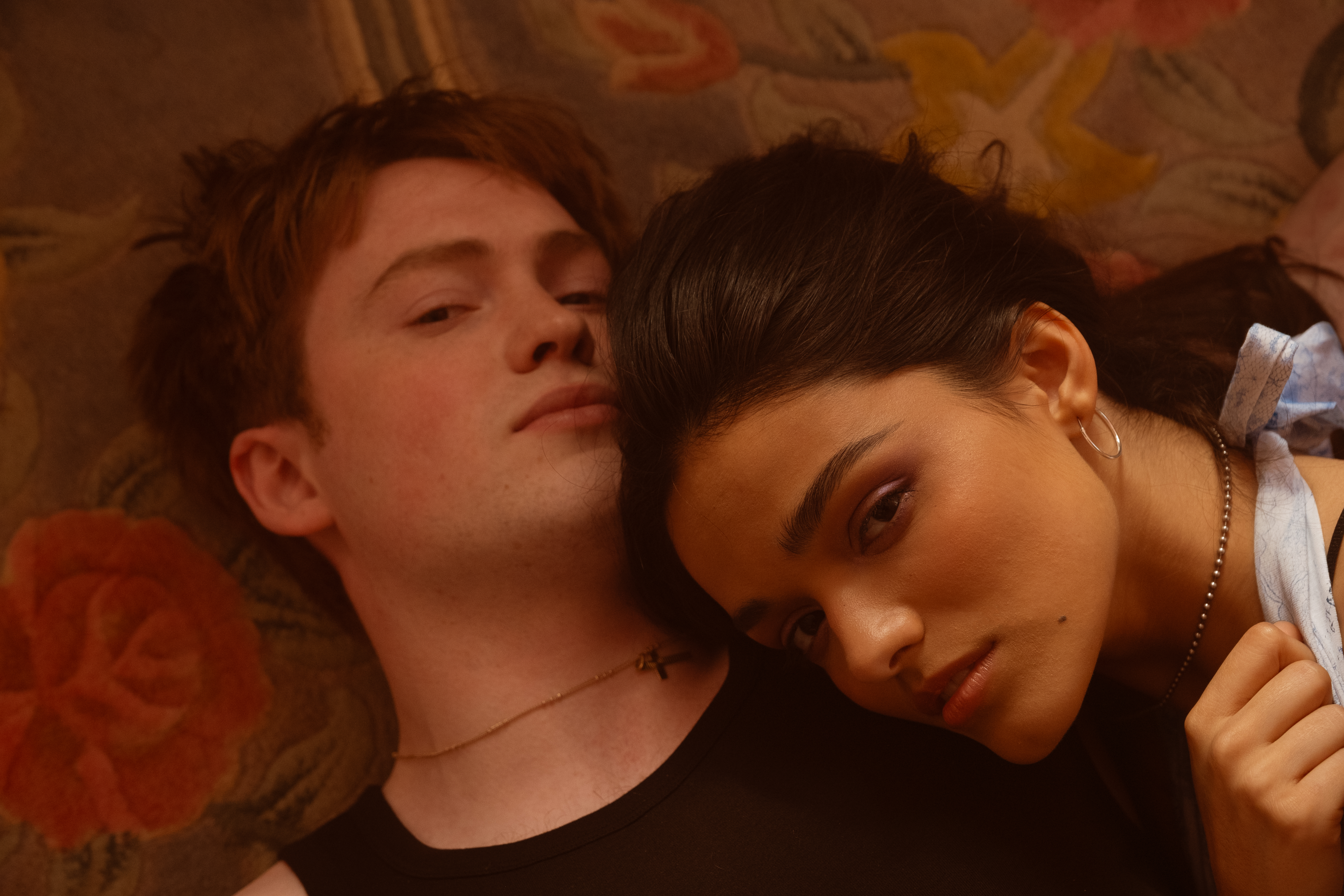The Dressmaker's Secret
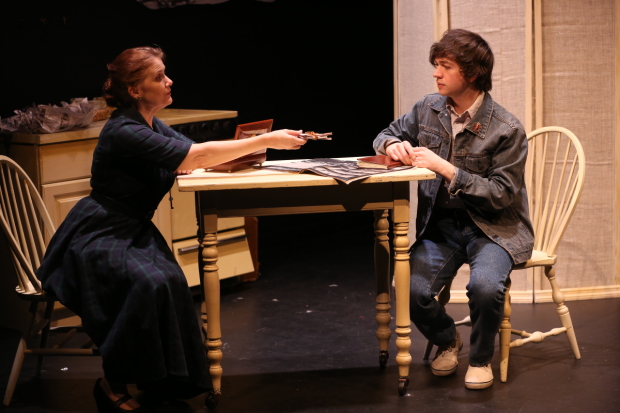
(© Carol Rosegg)
Having an absent father is difficult enough. But what about an ambiguous father? Such is the challenge facing Robi, a 19-year-old living resentfully with his mother, Maria, in The Dressmaker's Secret, a compelling new play by Mihai Grunfeld and Sarah Levine Simon at 59E59 Theaters.
Maria, the titular dressmaker, and Robi, an electrician, share a small apartment in 1963 Romania. Conspicuously absent is Robi's father, who might be a former Hungarian army officer now working as an engineer in West Berlin. Or he might be Zoli, a Jew deported from Romania and killed at Auschwitz because Robert denounced him to the Gestapo. Irma, Maria's friend before the war and now her customer, is Robert's sister and therefore also interested in the father mystery. But Maria is no more responsive to her inquiries than to Robi's appeals. Her tight lips and Irma's inviting ones propel Robi toward Irma, a development that horrifies Maria into sharing her secret. What starts as a trickle of truth becomes a raging torrent when Robert himself comes for a visit.
That Tracy Sallows, who plays Maria, can navigate this effluence is to her credit. Sallows' dressmaker may be buttoned-up, but feelings seethe beneath her stiffness. They can rip through with just a laugh or the flutter of an arm. The almost farcical bubbliness with which Caralyn Kozlowski plays Irma is a relief in the presence of Maria's reserve but at odds with the matter-of-factness of the production. As for Robi, Bryan Burton conveys each of his character's emotions but not their progression as the story unfolds. As Robert, Robert S. Gregory seems less a former army officer who had a rival lover deported than a kindly old gentleman.
The non sequiturs foisted on Gregory by the script do little to help his character's credibility. When Robert visits Maria to talk about what happened between them 20 years ago and Maria asks him about it point-blank, the disconnectedness of his reply doesn't comport with the realism to which The Dressmaker's Secret aspires. Despite such elements of artificiality, Grunfeld and Simon have written something poignant. As characters, Maria and Irma have the complexity of living women, who unapologetically sleep with more than one man without embracing promiscuity. The dead Zoli, though never physically onstage, comes to life when Maria talks about him and shares with Robi a journal he kept.
The vividness of these characters is matched by the vividness of the production itself. The set, designed by Stephen C. Jones, achieves realism with economy. With little more than a sewing machine, a radio, a cooking range, and an old Life magazine, he distills daily existence in a 1960s Romanian city. Costume designer Molly R. Seidel's creations, such as Irma's scarlet silk bathrobe, convey something of the characters wearing them — in Irma's case, her sensuousness and her politics. Roger Hendricks Simon's direction shares both the efficiency of the set and the evocativeness of the costumes.
What he and his cast and crew have fashioned with The Dressmaker's Secret isn't just a work of art — it's a work of humanity. And nowadays we need all the humanity we can get.




